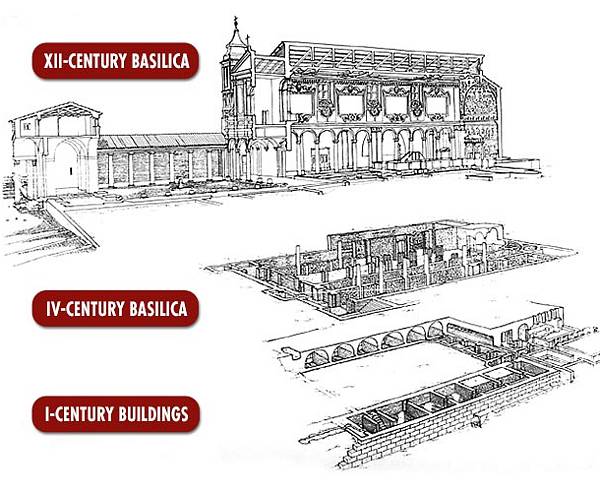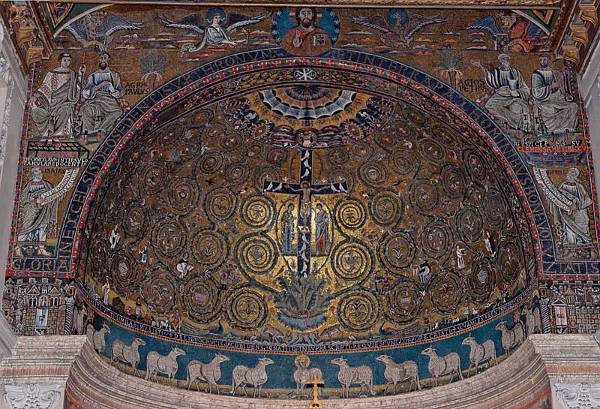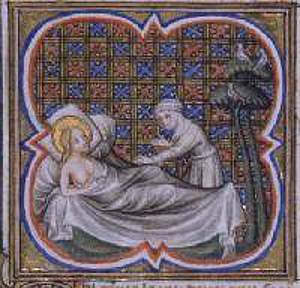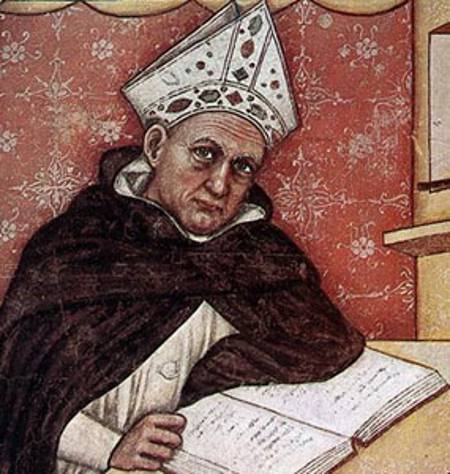Som jeg skrev i går kveld, leste jeg nylig i the Vatican Insider om pave Benedikts synspunkter på noen av Vatikankonsilets tekster. Paven tar her opp to tekster – om religionsfrihet og andre religioner – som i flere tiår (og fortsatt) har skapt problemer for tradisjonalistiske grupper, som SSPX. Andrea Tornielli skriver (jeg har selv uthevet noen ord):
(about) …. two minor documents, whose importance has only gradually come to light in the context of the reception of the Council. First, there is the Declaration on Religious Liberty, ….. the Pope explains. “With developments in philosophical thought and in ways of understanding the modern State, the doctrine of tolerance, as worked out in detail by Pius XII, no longer seemed sufficient.”
“At stake was the freedom to choose and practise religion and the freedom to change it, as fundamental human rights and freedoms,” Ratzinger writes, before going on to explain that “given its inner foundation, such a concept could not be foreign to the Christian faith, which had come into being claiming that the State could neither decide on the truth nor prescribe any kind of worship.”
“The Christian faith demanded freedom of religious belief and freedom of religious practice in worship, without thereby violating the law of the State in its internal ordering; Christians prayed for the emperor, but did not worship him. To this extent, it can be said that Christianity, at its birth, brought the principle of religious freedom into the world.”
Yet, Benedict XVI points out, “the interpretation of this right to freedom in the context of modern thought was not easy, since it could seem as if the modern version of religious freedom presupposed the inaccessibility of the truth to man and so, perforce, shifted religion into the sphere of the subjective.” ….
“The second document that was to prove important for the Church’s encounter with the modern age came into being almost by chance and it developed in various phases. I am referring to the Declaration “Nostra Aetate” on the Relation of the Church to Non-Christian Religions. At the outset the intention was to draft a declaration on relations between the Church and Judaism, …. then there should also be some words on Islam. …. The text apparently also talks about other religions and the subject of religion in general, referring also to the dialogue between religions.
But Benedict XVI recognises that “in the process of active reception, a weakness of this otherwise extraordinary text has gradually emerged: it speaks of religion solely in a positive way and it disregards the sick and distorted forms of religion which, from the historical and theological viewpoints, are of far-reaching importance; for this reason the Christian faith, from the outset, adopted a critical stance towards religion, both internally and externally.” …
Som vanlig sier pave benedikt også noe om at Vatikankonsilet på ingen måte var et brudd med Kirkens historie og tradisjon:
Finally the Pope returns to the hermeneutics of the Second Vatican Council, recalling that “the Council Fathers neither could nor wished to create a new or different Church but rather to understand these more deeply and hence truly to “renew them”. This is why a hermeneutic of rupture is absurd and is contrary to the spirit and the will of the Council Fathers.”
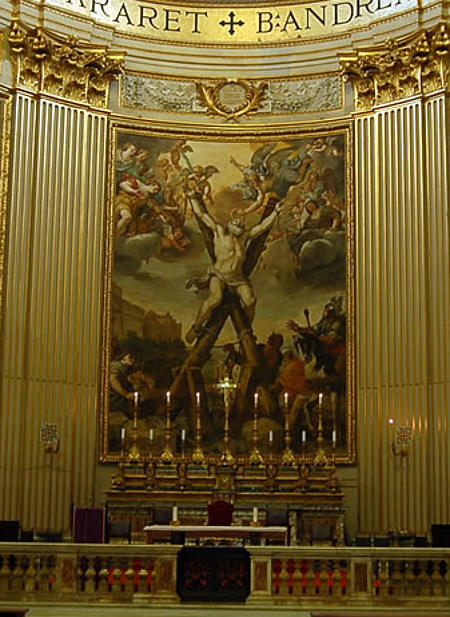
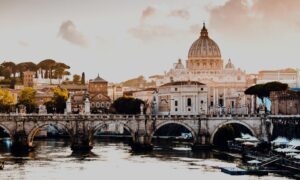

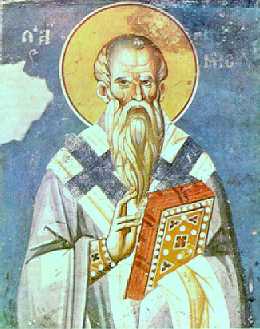 … Det fortelles at Klemens i slutten av det 1. århundret omvendte Theodora, som var gift med Sisinnius, en hoffmann fra Neroa. Etter at han utførte mirakler ble også Sisinnius selv og 423 andre fremtredende personer omvendt. Derfor ble paven forvist fra Roma og etter ordre fra keiseren – muligens Trajan – satt til tvangsarbeid i de beryktede marmorsteinbruddene i Kherson (Chersonesos/Chersones) på Krim. Der hersket det akutt vannmangel, og tvangsarbeiderne var til tider i ferd med å tørste i hjel. Da Klemens en gang så hvordan et lam skrapte på et bestemt sted med hoven, gravde han der med hendene og plutselig strømmet en vannkilde opp fra grunnen. Dette gjorde at han slukket tørsten til 2.000 kristne bekjennere. Folket i landet ble omvendt og døpt, og det ble bygd 75 kirker. Den rasende keiseren lot da de nydøpte henrette, og Klemens ble bundet til et skipsanker og kastet på sjøen, slik at de kristne ikke skulle finne igjen hans legeme. Dette er forklaringen på at St. Klemens’ navn på forskjellig vis er knyttet til havet. Hans attributt er et anker. Det fortelles at englene bygde et marmormausoleum for St. Klemens på havets bunn, og at det var synlig en gang i året ved ekstremt lavt tidevann.
… Det fortelles at Klemens i slutten av det 1. århundret omvendte Theodora, som var gift med Sisinnius, en hoffmann fra Neroa. Etter at han utførte mirakler ble også Sisinnius selv og 423 andre fremtredende personer omvendt. Derfor ble paven forvist fra Roma og etter ordre fra keiseren – muligens Trajan – satt til tvangsarbeid i de beryktede marmorsteinbruddene i Kherson (Chersonesos/Chersones) på Krim. Der hersket det akutt vannmangel, og tvangsarbeiderne var til tider i ferd med å tørste i hjel. Da Klemens en gang så hvordan et lam skrapte på et bestemt sted med hoven, gravde han der med hendene og plutselig strømmet en vannkilde opp fra grunnen. Dette gjorde at han slukket tørsten til 2.000 kristne bekjennere. Folket i landet ble omvendt og døpt, og det ble bygd 75 kirker. Den rasende keiseren lot da de nydøpte henrette, og Klemens ble bundet til et skipsanker og kastet på sjøen, slik at de kristne ikke skulle finne igjen hans legeme. Dette er forklaringen på at St. Klemens’ navn på forskjellig vis er knyttet til havet. Hans attributt er et anker. Det fortelles at englene bygde et marmormausoleum for St. Klemens på havets bunn, og at det var synlig en gang i året ved ekstremt lavt tidevann. 